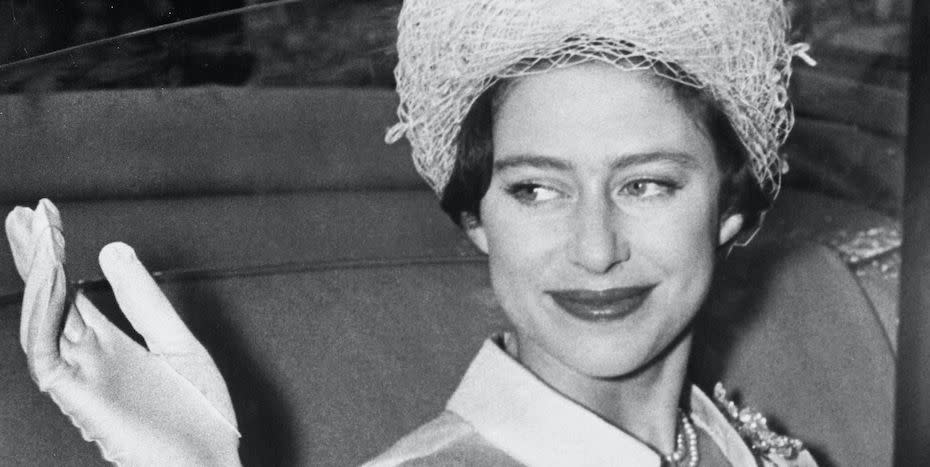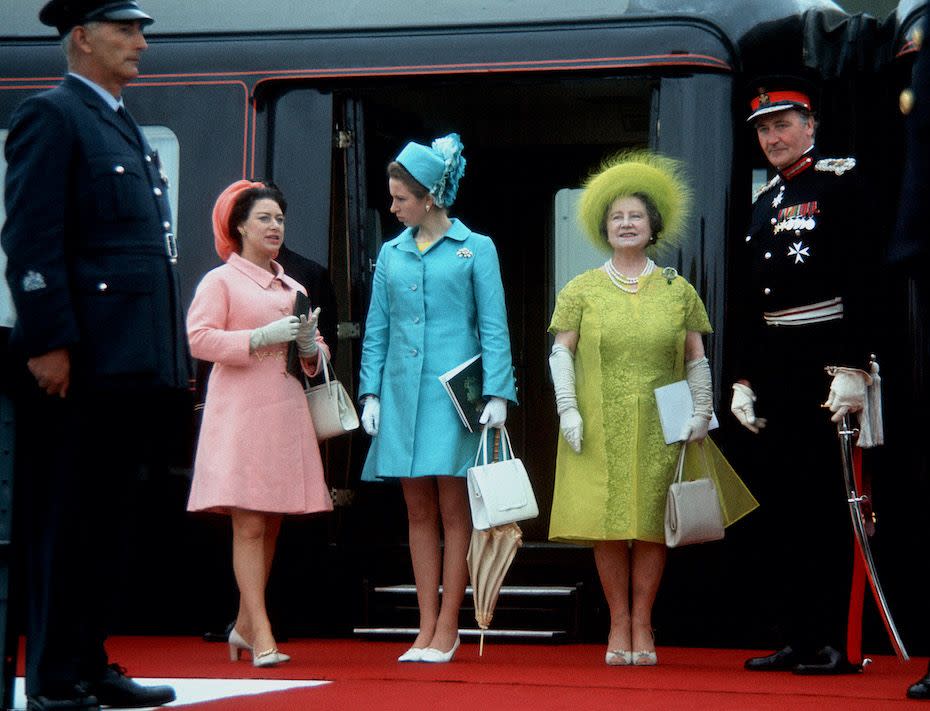Why the Queen’s Sister Princess Margaret Broke Royal Tradition to Be Cremated

- Oops!Something went wrong.Please try again later.
Billions of people across the globe tuned in yesterday to watch the funeral of Queen Elizabeth II, who passed away on 8 September at the age of 96. The funeral service was attended by more than 2000 guests, including members of the Royal Family, heads of state from across the world and the Queen's corgis. Afterwards, close members of the former monarch's family gathered at St George's Chapel in Windsor for Her Majesty's burial alongside the late Prince Philip.
Also laid to rest in the chapel are the Queen's parents as well as her sister, Princess Margaret. But, in a break from royal tradition the Queen's sister was cremated upon her death rather than buried. Until Margaret's passing, no senior working royal in living memory had been cremated, they were either buried or interred.
Unlike the Queen's coffin, which followed a grand procession to her final resting place, after her passing in 2002, Princess Margaret was cremated at Slough Crematorium. According to The Scotsman, that's because the royal wanted to be buried alongside her family, but there was "no room" left, given that a space had been reserved for Her Majesty.
The other option was for Margaret to be buried in Frogmore in Windsor Great Park, where Queen Victoria and Prince Albert are buried – but a friend said she refused this. "She told me that she found Frogmore very gloomy," said Lady Glenconner, a former lady-in-waiting to the Princess. "I think she’d like to be with the late King," Glenconner added of where the royal would like to be buried, pointing out that by being cremated "she will now be."

"There’s room I think for her to be with him now. She just said she was going to be cremated," Glenconner went on. After her cremation, Princess Margaret’s ashes were returned to Windsor, where they now remain in the Royal Vault at St George’s Chapel, alongside her mother and father’s tomb.
As for whether members of the public can visit the site of the Queen's grave – and therefore, the final resting place of King George VI, the Queen Mother, Princess Margaret and Prince Philip – it is possible to do so.
However, visitors are reminded that the chapel is also local church for the nearby community and it's unclear how close the general public will be able to get to the Queen's final resting place, which is tucked into one side of the chapel.
You Might Also Like

